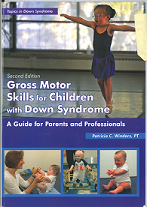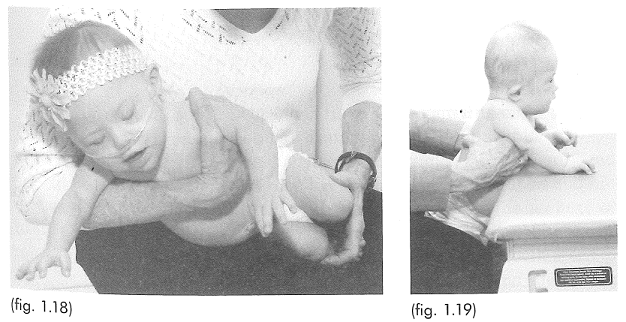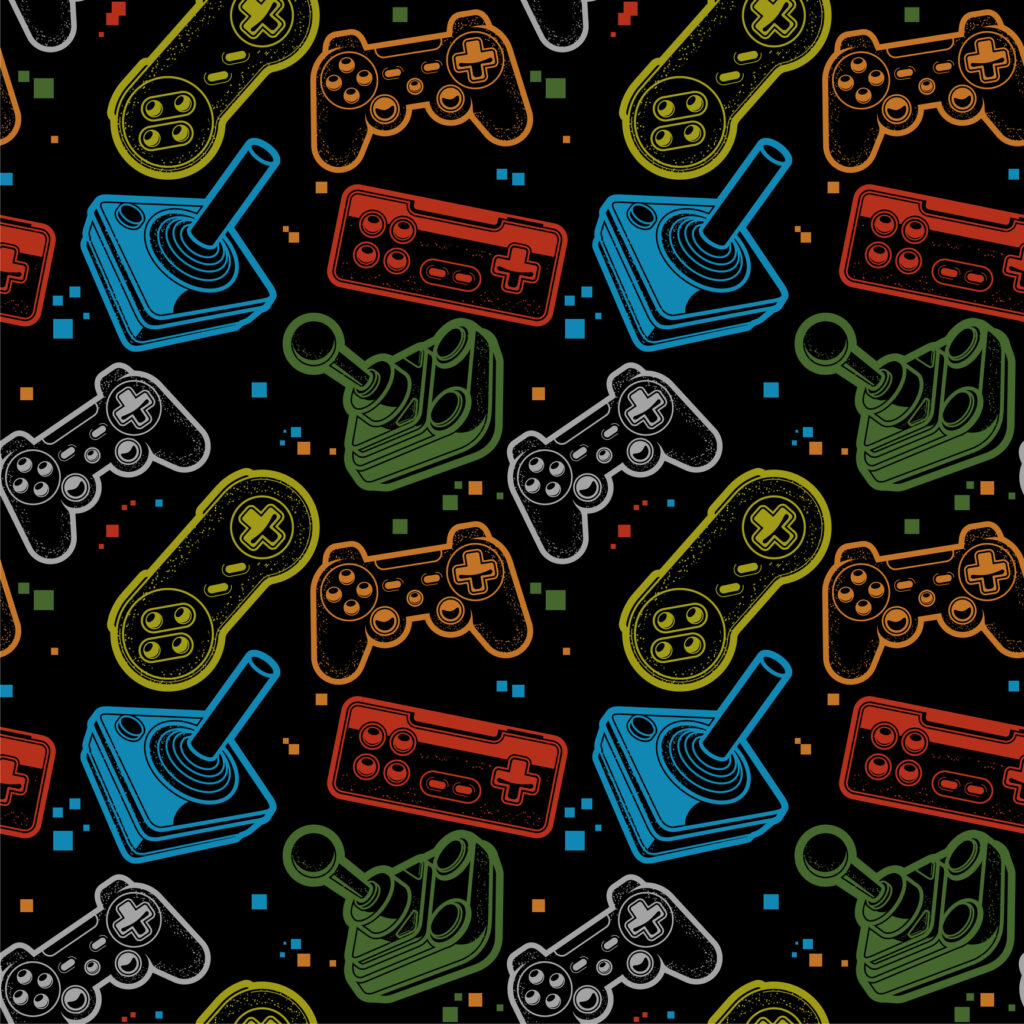
Kneeling Exercise to Aid Development in Babies with Down Syndrome

Featured Exercises for Children Born with Down Syndrome in the Birth to Walking Stage:
- Back-Lying in Your Lap
- Back-Lying and Reaching Upward without Support
- Hip Stretch
- Supported Kneeling at a Sofa Cushion (below)
We recommend reading the goals and ideal timing for motor skill development in babies and children with Down syndrome if you haven't already.
Supported Kneeling Activity
Components:
When your baby is maximally supported in kneeling, the components that you want to develop are:
- Lifting her head in the midline and maintaining it
- beginning weight bearing on her elbows
- trunk supported up straight
- stretching her hips to neutral rotation and beginning weight bearing on her legs
Tendencies:
Her tendencies will be:
- to arch her head and trunk without control or bend into the surface
- to lose head control suddenly and quickly fall into the surface
- to not take weight on her elbows
- to position her knees wide apart
- to be fussy with taking weight on her knees and need a softer surface
Activity: Supported Kneeling at a Sofa Cushion

- Select a soft surface to kneel on and then place a 7-inch (18 cm.) sofa cushion on the surface in front of you. Sit on your heels and hold your baby sideways across your lap, facing away from you. Place one of your arms under her arms and your other hand will place her knees together with her hips and knees bent. (fig. 1.18)
- Place her in kneeling with knees together in between your knees and then snugly move your knees against hers to stabilize them together. Her buttocks will rest on your thighs so her pelvis is lifted a little (rather than resting on her heels).
- Place her elbows on the sofa cushion and hold her upper trunk under her arms, and this will help her prop on her elbows, with her elboes forward of her shoulders (side view) and her elbows in line with her shoulders (fig. 1.19)
- With her legs, trunk and arms stabilized, place a toy (or person) in front of her and encourage her to lift her head. At first she will lift her head with bobbing movement, and as she gains strength, she will be able to lift her head and hold it, while looking at the motivator. If she lifts her head too far, then lean your trunk forward to prevent her from tilting her head back.
More Exercises:


 By Mids Meinberg
By Mids Meinberg Online spaces benefit from being very accessible. Computer technology has reached the point where almost everyone can use the internet, so long as they have the right accessibility tools available. The ability to access the internet from home is great for people with mobility disabilities and those that cannot otherwise get to places. The emphasis on just words, rather than words and non-verbal communication, (except in easily parsable emojis) also makes text communication much easier for many neurodivergent people. The ability of multiple people to write at once and have a legible conversation helps a lot with me, as otherwise my social anxiety makes it difficult to know when it’s okay for me to talk.
Online spaces benefit from being very accessible. Computer technology has reached the point where almost everyone can use the internet, so long as they have the right accessibility tools available. The ability to access the internet from home is great for people with mobility disabilities and those that cannot otherwise get to places. The emphasis on just words, rather than words and non-verbal communication, (except in easily parsable emojis) also makes text communication much easier for many neurodivergent people. The ability of multiple people to write at once and have a legible conversation helps a lot with me, as otherwise my social anxiety makes it difficult to know when it’s okay for me to talk.
 By Mids Meinberg
By Mids Meinberg


Connect with us on social media